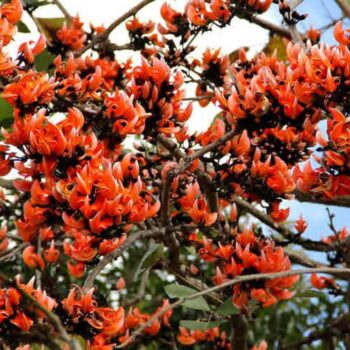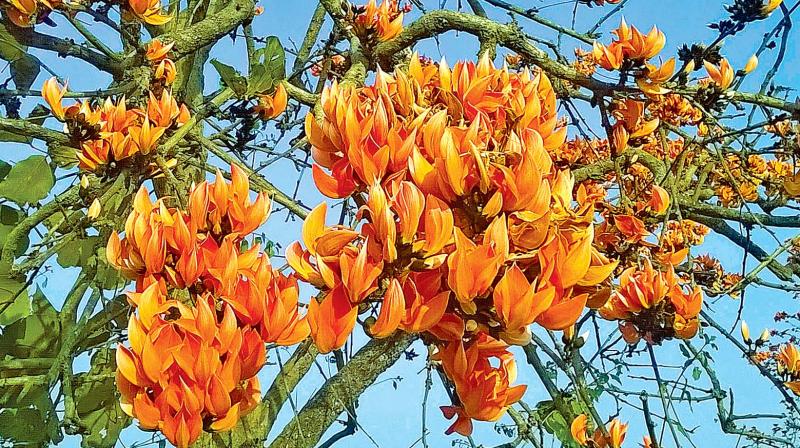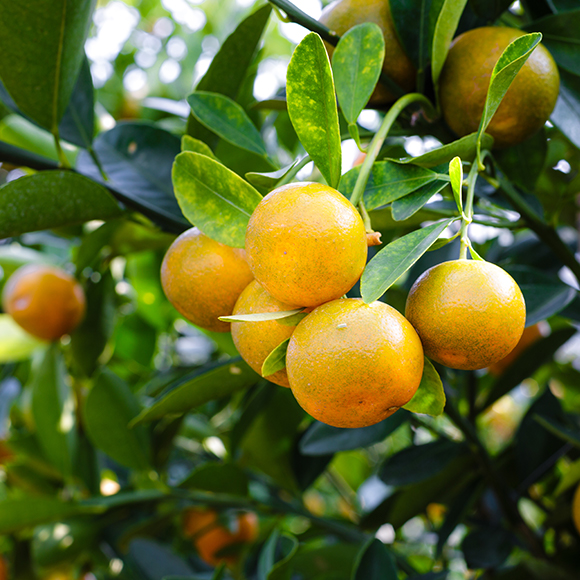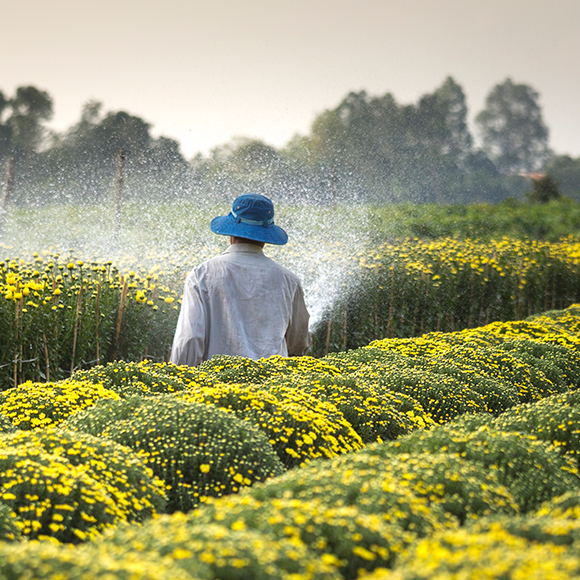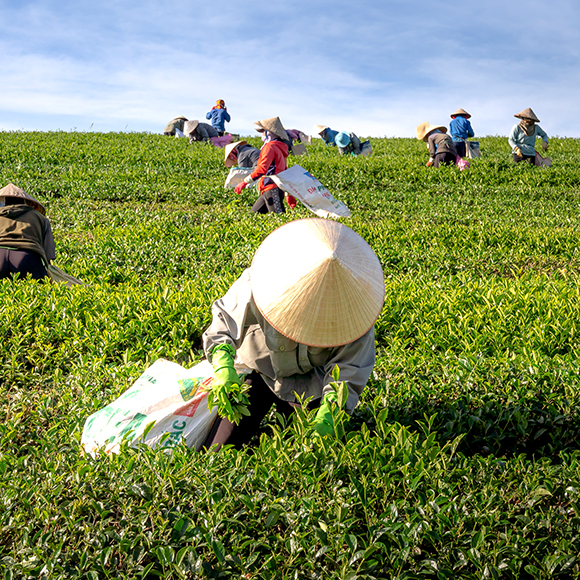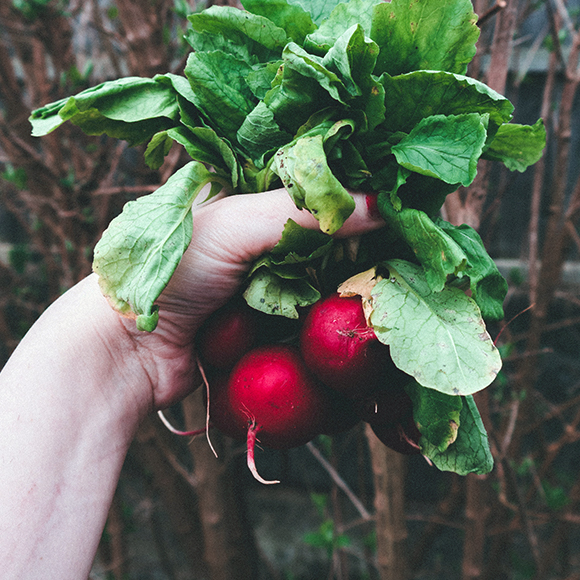Operculina turpethum

Botanical Name
Operculina turpethum

Common Name
Transparent Wood Rose
| Telugu | Tegada |
| Malayalam | Trikolpakonna |
| Tamil | Caralam |
| kannada | Bilitigade |
Tegada
Famously know as Trivrit in Ayurveda. Described as perennial, herbaceous, and hairy vine. Grows typically upto 4 to 5 meters in length and native to Deccan India. Commonly found roadside and also grown ornamentally for its aromatic nature. Commonly named as Transparent Wood Rose, White day glory, Indian jalap

Tegada
Famously know as Trivrit in Ayurveda. Described as perennial, herbaceous, and hairy vine. Grows typically upto 4 to 5 meters in length and native to Deccan India. Commonly found roadside and also grown ornamentally for its aromatic nature. Commonly named as Transparent Wood Rose, White day glory, Indian jalap


Leaf
Leaves are 5–10 cm × 1.3–7 cm in size, ovate or oblong, pubescent on both sides, especially when young, minutely reticulate veined.
Leaf
Leaves are 5–10 cm × 1.3–7 cm in size, ovate or oblong, pubescent on both sides, especially when young, minutely reticulate veined.

Flowers
Flowering season is from March – May and September to November. The outer sepals of the flower are up to 2-3 cm larger than inner sepals, long, green, hairy, ovate to ablong -ovate, angled in fruit.

Flowers
Flowering season is from March – May and September to November. The outer sepals of the flower are up to 2-3 cm larger than inner sepals, long, green, hairy, ovate to ablong -ovate, angled in fruit.


Facts and Medicinal Uses
The whole plant can be used for a number of different therapeutic purposes including the seeds, root bark, root, stem and leaves. Used as a purgative since ancient times in India. Its pulverized roots are used as a laxative and to alleviate
any acute constipation. It is a rich source of carbohydrates, glycosides, anti-inflammatory flavonoids, steroids which could be utilised for many more pharmaceutical solutions for different ailments.
In Ayurveda, Turpeth is most regarded and employed in drug formulations used to treat many diseases. It is employed in the treatment of articular pains, fevers, gout, jaundice, bilious disturbances in general, intestinal worms and rheumatism.
The heated stem is applied to the abdomen after parturition to cure colic and to aid in the contraction of the tissues.
A decoction of the leaves is used as a tonic after childbirth.
The leaves, or young stems, are used to prepare a tea which is drunk frequently as a remedy for bladder stones and against pains in the abdomen or stomach.
Facts and Medicinal Uses
The whole plant can be used for a number of different therapeutic purposes including the seeds, root bark, root, stem and leaves. Used as a purgative since ancient times in India. Its pulverized roots are used as a laxative and to alleviate any acute constipation. It is a rich source of carbohydrates, glycosides, anti-inflammatory flavonoids, steroids which could be utilised for many more pharmaceutical solutions for different ailments.
In Ayurveda, Turpeth is most regarded and employed in drug formulations used to treat many diseases. It is employed in the treatment of articular pains, fevers, gout, jaundice, bilious disturbances in general, intestinal worms and rheumatism.
The heated stem is applied to the abdomen after parturition to cure colic and to aid in the contraction of the tissues.
A decoction of the leaves is used as a tonic after childbirth.
The leaves, or young stems, are used to prepare a tea which is drunk frequently as a remedy for bladder stones and against pains in the abdomen or stomach.

Propagation / How to grow
Turpeth can be planted as an under-crop in tree plantations or near hedges and shrubs. Can be raised by vegetative propagation or from seeds. Stem cuttings with two nodes can be planted directly. It can healthily grow in shade with indirect sunlight. Best time for harvesting the roots, stem, and leaves is March–April when the plants begin to dry.

Propagation / How to grow
Turpeth can be planted as an under-crop in tree plantations or near hedges and shrubs. Can be raised by vegetative propagation or from seeds. Stem cuttings with two nodes can be planted directly. It can healthily grow in shade with indirect sunlight. Best time for harvesting the roots, stem, and leaves is March–April when the plants begin to dry.
